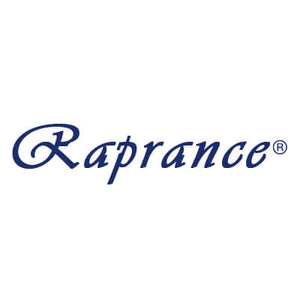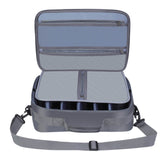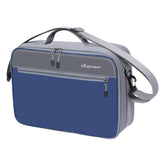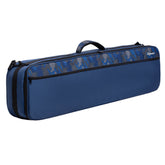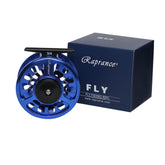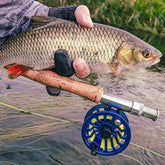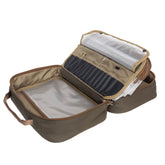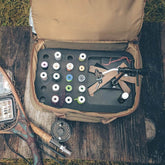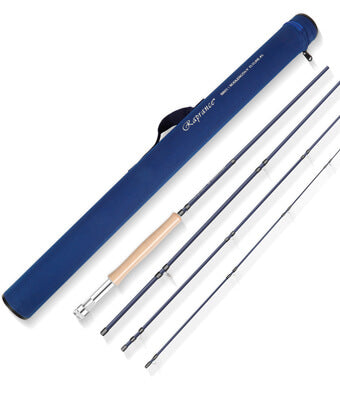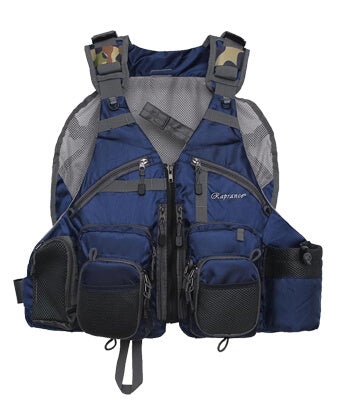Flies: Choosing the Right Patterns for Bass, Dry vs Wet, and Nymph Fishing
Exploring the world of flies is essential for any angler looking to enhance their fly fishing experience. Understanding the differences between dry flies and wet flies can significantly impact your success on the water. Each type of fly serves a specific purpose, mimicking the natural patterns of aquatic insects that fish feed on.

When I discuss nymph fishing flies, I find that they play a crucial role in targeting fish beneath the surface. These subsurface patterns can be highly effective, especially in freshwater streams and rivers. Additionally, I have had considerable success using specialized flies designed for bass fishing, which require a different approach to match this species' feeding habits.
Choosing the right fly pattern not only depends on the species I am targeting but also on the conditions present in the water. With so many options available, from traditional patterns to modern adaptations, having a comprehensive knowledge of fishing flies can enhance my chances of landing that prized catch.
Fundamentals of Fly Fishing
Fly fishing combines techniques and equipment tailored to mimic the movements and characteristics of aquatic insects. Proper technique, the right gear, and an understanding of the local ecosystem enhance the likelihood of success on the water.
Fly Fishing Techniques
When fly fishing, I utilize various techniques based on the type of fly and the water conditions. The primary methods include dead drifting, where the fly mimics an insect’s natural movement, and stripping, typically used for streamers.
Casting also plays a crucial role. I practice the roll cast and overhead cast to present the fly effectively. Adjustments may be necessary based on fish behavior and water current. Learning to read water is essential; I look for structure, eddies, and current seams where fish often lie.
Choosing the Right Fly Rod
Selecting the appropriate fly rod is crucial for my fishing experience. Rods range in length and weight, measured in terms of their line weight. A 5-weight rod is versatile, suitable for small to medium streams, while heavier rods are better for larger waters.
Material affects performance; graphite rods offer sensitivity and lightness, while fiberglass rods provide a slower action. I consider the type of fly I’ll be using. Lightweight rods are ideal for dry flies, while heavier rods work well with sinking lines and streamers.
Importance of Match the Hatch
Matching the hatch is a fundamental concept in fly fishing, directly influencing my success. I study local insect life, particularly mayflies, caddisflies, midges, and stoneflies, to select appropriate flies.
Observing the water helps identify what insects are currently hatching. If I see mayflies rising, choosing a similar dry fly increases my chances. Paying attention to the color, size, and behavior of the insects ensures my fly accurately reflects what fish expect during their feeding patterns. Understanding the timing and seasonal changes of hatches further enhances my approach.
Fly Patterns and Their Imitations
In fly fishing, choosing the right pattern is crucial. Each type of fly serves a specific purpose, attracting different fish species through imitation. Various techniques involve dry flies, wet flies, nymphs, and streamers, each designed to mimic natural prey closely.
Dry Flies Versus Wet Flies
Dry flies float on the water's surface, mimicking adult insects. I prefer using them during hatches when fish are actively rising. Typically, they are tied with materials like hackle and dubbed bodies to create a natural appearance. Applying a floatant enhances their buoyancy.
Wet flies, on the other hand, sink below the surface to imitate emerging insects or drowned prey. Their designs often feature softer materials, allowing for movement in the water. I find that they are especially effective in murky conditions or during low-light hours, where a more subtle approach is necessary.
Nymphs: Subsurface Strategists
Nymphs represent the aquatic stage of insects, making them effective for targeting trout and bass. I often use patterns like the pheasant tail and peacock herl for their realistic appearance and versatility.
These flies are typically fished beneath the water surface, where many fish feed. Employing a strike indicator can help detect subtle bites. I choose heavier patterns for faster currents, as they reach the fish more quickly.
Streamers and Their Swimmers
Streamers imitate bait fish and other aquatic creatures. I use them for targeting larger fish, especially during aggressive feeding times.
Crafted with materials that provide both bulk and movement, streamers like clouser minnows create an enticing appearance. I prefer to retrieve them with varying speeds to simulate distressed prey. This technique can coax strikes from predatory species.
Specialty Flies for Targeted Species
Specialty flies cater to specific fish and conditions, such as salmon flies for salmon fishing or bass-specific patterns. These flies can be designed to mimic local forage, enhancing their effectiveness.
I often customize flies with unique colors and sizes, adjusting based on environmental factors like water clarity and temperature. This attention to detail can make a significant difference, especially in competitive fishing scenarios.
Fly Tying: The Art of Creating Fishing Flies
Fly tying is both a practical skill and a creative art form. I enjoy crafting flies that mimic natural food sources for fish, enhancing my fishing experience. This activity allows for customization based on various fishing environments and target species.
Understanding Fly Tying Materials
Selecting the right materials is crucial for effective fly tying. I often choose hackle for its ability to add movement and imitate insect behavior. There are various types, including soft hackles and dry fly hackles, which differ in stiffness and suitability for specific patterns.
In addition to hackle, peacock herl is a popular choice for adding iridescence and depth. Other materials I use include fur, feathers, and synthetic fibers. Each component plays a role in how realistic and effective the fly will be in the water.
Techniques for Tying Flies
When it comes to tying techniques, precision and practice are vital. I start with securing the hook in a vice, ensuring it doesn’t shift during the process.
One common technique involves using a whip finish tool to create a snug knot, securing the thread. I also focus on layer placement, adding materials like hackle fibers in a way that ensures proper alignment and balance.
Integrating various materials requires careful attention, especially in patterns like dry flies and wet flies, where buoyancy is critical. Consistency in tying will improve the effectiveness and durability of each fly.
